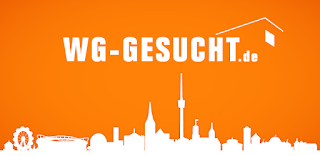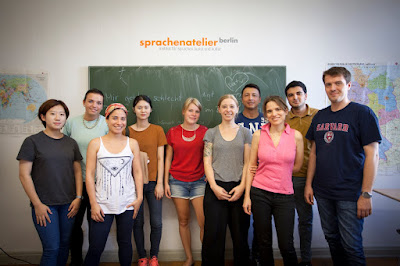Getting around Berlin – Tips on public transport
 |
| Foto von Fabian Iber - @johannfabian |
If you're planning a trip to Germany's capital anytime soon chances are you'll be using the public transportation. Luckily, getting around the city whether with the U-Bahn or bus is relatively straight forward, but here are some tips that might be helpful for first time visitors make their trip from A to B.
Your mobile is your friend
There are many
mobile Apps at your disposal that'll help you plan your trip, the
most popular of which include Google Maps, Moovit, Citymapper and of
course the official BVG Fahrinfo Plus Berlin App, where you'll also
be able to purchase tickets from your mobile. All these Apps are
available to Apple and Android users. Make sure to check out the
website www.bvg.de
– it's the official website for Berlin's public transport where you
will find a journey planner and information on the transportation
services available to you.
Transportation made easy
Transportation made easy
Berlin's public transport
consists of the Regionalbahn, S Bahn, U Bahn, Tram and Bus services,
all of which you'll find to be pretty reliable. On the other hand,
not being from Berlin myself I've found the transport to be pretty
pricey, with a day travel pass costing a whopping 7€. BVG also
offer a range of tourist, student and family tickets at reduced
prices and if you're planning on staying a while, a
weekly/monthly/annual pass will definitely save you some cash.
However it's important to note, the BVG consider language students as
tourists and therefore aren't eligible for a student ticket.
The transportation network
in Berlin is divided into a 3 fare zone (A,B,C). Zone A is the
center, B is the surrounding areas, the urban ring and Tegel Airport
and C is the greater Berlin area. If you're staying pretty central,
the cheaper AB tickets will be enough to get you around and will
cover all the major sightseeing spots in Berlin. The ABC and BC
tickets are only necessary if you're planning on going to Airport
Schönefeld or Potsdam. Tickets can be purchased from vending
machines at major stops, from various transportation offices and
directly from bus drivers, but make sure you always stamp your ticket
or it'll cost you a hefty 60€ fine!
Families can save money
when using public transportation as children up to six years can
travel free with adults – usually up to three children allowed per
adult. Children aged between 6-14 years pay a reduced fare
(Ermäßigungstarif) which will save you about a third of a standard
ticket.
Student's are able to
purchase student tickets at a reduced price, however keep in mind
that there are two types of student categories – those studying at
a Berlin University/School, and those who Study outside of Berlin. If
you're a student but working at an internship in the city you are
also eligible for a student ticket, but make sure to bring valid
Student ID or documentation from your internship when purchasing this
ticket from transportation offices.
Berlin – A cycling
city
You'll find that a
lot of the locals get around by Bike, and why wouldn't you? It's a
flat city with dedicated cycling lanes everywhere you look. Berlin
has many popular cycle routes including Tempelhof, Treptower park and
along the Berlin wall. Areas like Kreuzberg are very popular among
cyclists and many shops offer bikes to rent for a daily fee.
Fleamarket's here such at Boxhagnerplatz every Sunday sell secondhand
bikes for around 100 Euros. A good website to check out for new bikes
is www.radlust.com.
You'll also find many cycling tours available around areas popular
for tourists – to find out more info on cycling tours visit
www.berlinonbike.de.
Bikes are also allowed onto public transport when you purchase a
bicycle ticket at the station, prices for these start from as low as
1,20 Euros.






Comments
Post a Comment